It's barely been three months since HMD Global introduced a handful of Nokia phones at MWC earlier this year, but the firm is already back with another batch of new devices. This time, the resurgent brand is focusing on refreshing its affordable range, updating the Nokia 2, Nokia 3, and Nokia 5.
Like the recent Nokia 6 refresh, the upgraded trio carry the ".1" moniker and offer souped-up specs and features on a budget.
We went hands-on with each of the phones and are here to give you the lowdown on what we know so far about the Nokia 2.1, Nokia 3.1, and Nokia 5.1.

Nokia 2.1
HMD Global says it listened to feedback from fans and critics designing each of the new iterations. Those results are arguably the most obvious with the Nokia 2.1, which packs in improvements across the board but retains the original's modest $115 price tag.
For starters, the Nokia 2.1 sports a 5.5-inch 720p LCD display which is 20-percent larger than the 5-inch panel found on its predecessor. The large top and bottom bezels also return, but this time HMD has put the additional space to good use by installing front-firing stereo speakers which, combined with the larger screen, should make the Nokia 2.1 a fantastic option for media lovers on a budget.

The Nokia 2.1 sticks with a robust, polycarbonate design. It feels chunky, but those extra dimensions are necessary to fit the equally beefy 4,000mAh battery that should ensure two days of juice on a single charge, just like the previous model.
Size isn't everything, however, and HMD says that the combination of the right display tech and a more power efficient chipset — Qualcomm's Snapdragon 425 SoC — should provide an extra 12 hours of overall battery life.
This high-efficiency ethos extends to almost every aspect of the Nokia 2.1 — even in the OS department as the Nokia 2.1 is now powered by Android Go (8.1 Oreo). Much like we saw with the Nokia 1, the streamlined OS restricts the phone to Go versions of Google apps and "core" third-party apps, all of which are optimized to run on 1GB of RAM. It also means the Nokia 2.1's 8GB of memory is relatively untouched, with approximately 4.7GB left free out of the box, backed by up to 128GB of expandable storage via a microSD slot.
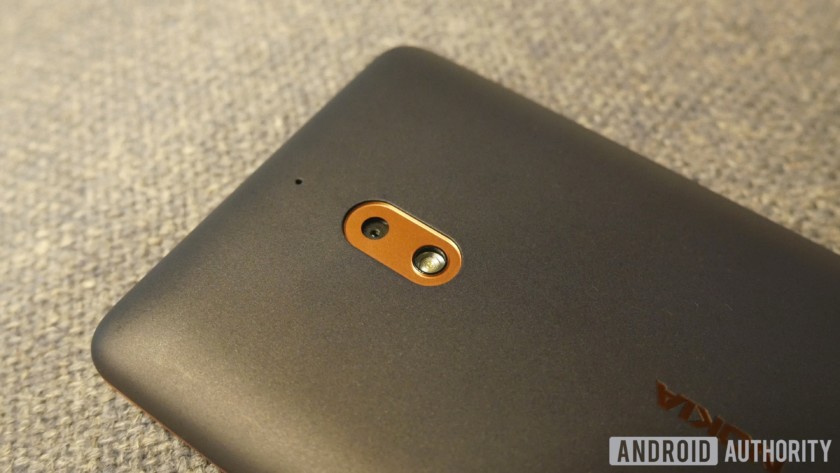
Rounding out the package is an 8MP autofocus camera with LED flash on the rear and a 5MP fixed focus camera on the front. Don't expect miracles from either, but they should do the job.
The Nokia 2.1 is available in blue and copper, gray and silver, and blue and silver color schemes, and will initially launch in emerging markets in July.

Nokia 3.1
The Nokia 3 sits in a weird place in the nu-Nokia portfolio. Not quite entry-level and not quite mid-range, the original Nokia 3 sold by the bucketload (HMD says it's the best selling phone of the bunch) but lacks a clear identity.
The Nokia 3.1 doesn't put those concerns to rest entirely, but at least it's now the cheapest phone on the market that runs Android One.
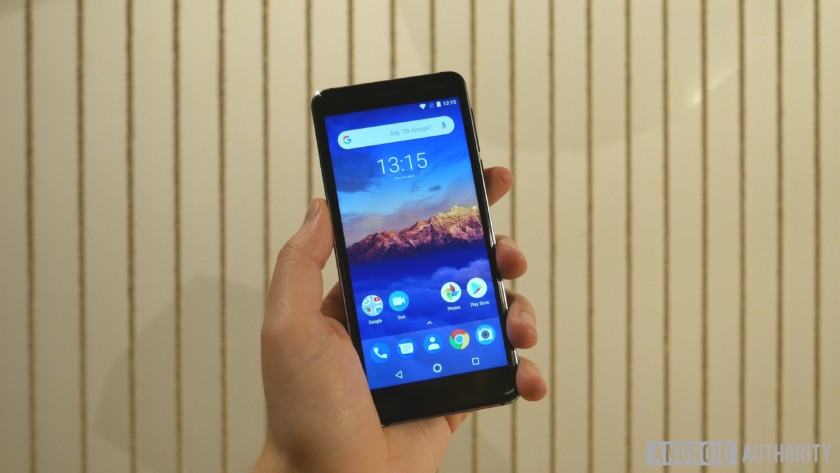
One of the major criticisms of the Nokia 3 was its relatively lackluster performance, with chugging apps and stuttering software just two of the most common complaints. HMD says the Nokia 3.1 is 30 percent more powerful than its predecessor thanks to the pure, bloat-free OS and its octa-core MediaTek 6750 SoC.

The Nokia 3.1 is available in two variants — one with 2GB RAM and 16GB memory priced at 139 euros (~$160) for the global market, and a higher spec model packing 3GB RAM and 32GB for 169 euros (~$195). Both offer expandable storage up to 128GB.
Based on the specs and the use of Android One, the higher spec model could just sneak into the Android Enterprise Recommended list, which may end up being a huge sales boon for the Finnish OEM.
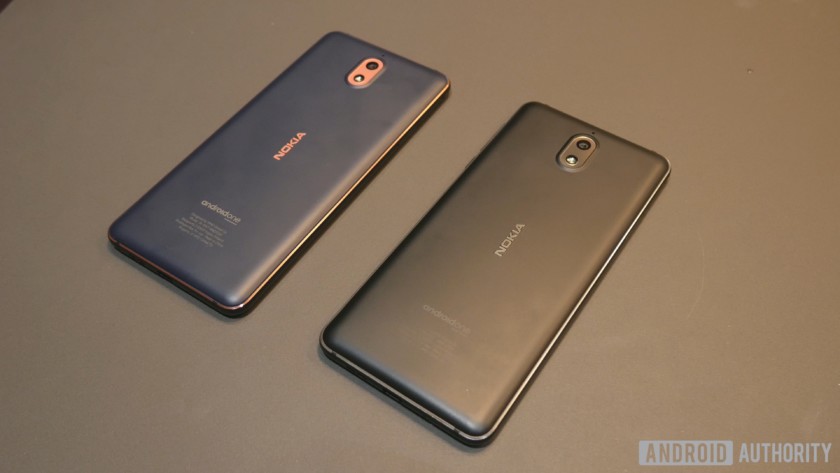
Elsewhere, the Nokia 3.1 also offers a few additional upgrades, the most notable being the 5.2-inch 720p LCD display that joins the 18:9 aspect ratio club. The front panel is made from 2.5D curved glass, and the chassis is constructed from anodized metal with dual diamond cuts with a polycarbonate back. It is available in three color variants: blue and copper, black and chrome, and white and iron.
Aside from a 2,990mAh battery, the only other talking points are the 13MP rear camera, an 8MP front-facing shooter with a wide field of view for better selfies, and NFC support. The latter once again makes the Nokia 3 line one of the cheapest devices with access to NFC features like Google Pay.
You'll be able to grab the Nokia 3.1 in selected markets this June.

Nokia 5.1
HMD keeps on trying to bring the flagship-level experience to lower cost phones with mixed results. You can see this approach with the original Nokia 8 and the more recent Nokia 7 Plus, but it all really started with the Nokia 5 — a sub-200 euro (~$231) phone that tried to look and feel as premium as possible.
The Nokia 5.1 honors this heritage with a unibody design built from a single block of series 6,000 aluminum, with antenna lines shoved to the top and bottom of the device for an unspoiled, smooth finish that belies its 189-euro (~$218) price. It comes in either tempered blue, black, or copper, the latter of which is borrowed from the more expensive Nokia 8 family.

Nokia 5.1's display received a boost too, packing in a 5.5-inch IPS LCD screen with an 18:9 aspect ratio and a 2,160 x 1,080 resolution (FHD+), all protected by Gorilla Glass 2.5D. That brings the overall pixel count to an impressive 443 per inch.
The move to an 18:9 display forces the fingerprint sensor to the rear of the phone, now under the 16MP PDAF rear camera with LED flash. The 8MP wide-angle selfie shooter, meanwhile, mirrors the Nokia 3.1.
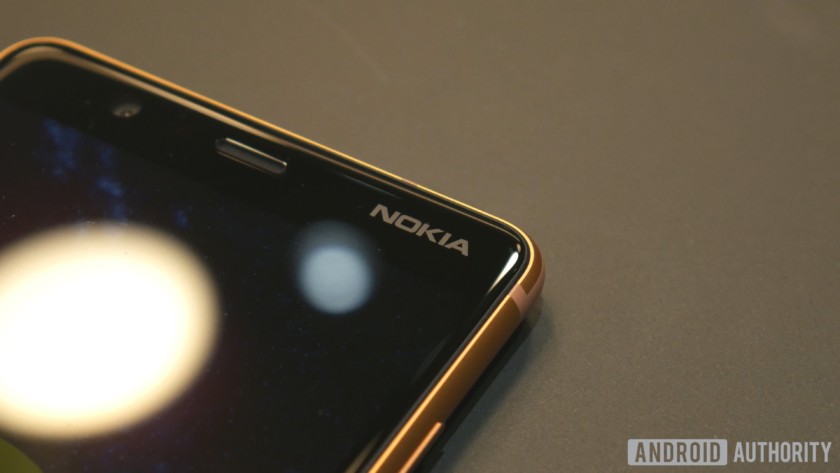
We've seen so far that improved performance is a key factor for the new Nokia lineup and the Nokia 5.1 is no different in this regard.
HMD has opted for an iteration of the octa-core MediaTek 6755 SoC called the MT6755S, backed by either 2GB or 3GB of RAM, 16GB storage (expandable), and a 2,970mAh battery, again running Android One (8.0 Oreo). HMD is confident the total hardware package will offer an overall improvement of 40 percent performance boost compared to the Nokia 5.
The Nokia 5.1 will hit shelves in selected markets in June. A more expensive 3GB RAM, 32GB memory variant will also be made available for 219 euros (~$253).

Wrapping up
This time last year many were wondering whether HMD could really pull off The Great Nokia Revival. It should go without saying that the legacy brand is still some way off its former glory days, but Nokia has clawed its way back into Europe's top five and HMD itself has now achieved unicorn status after a recent funding round.
This new budget trio exemplifies all of the traits that have served HMD so well over the past year by offering a "pure, secure, and up-to-date" Android experience (soon to be updated to Android P), delivering affordable devices with premium features and design, and continually improving, based on consumer feedback.

We'll need to spend more time with each of the new phones to find out if they deliver on HMD's promises. Overall, it's fair to say there are enough improvements over the first generation devices to suggest HMD is ready to step up its game once again.
Let us know your thoughts on the Nokia 2.1, Nokia 3.1, and Nokia 5.1 in the comments!
from Android Authority https://ift.tt/2sf6HDu
via IFTTT
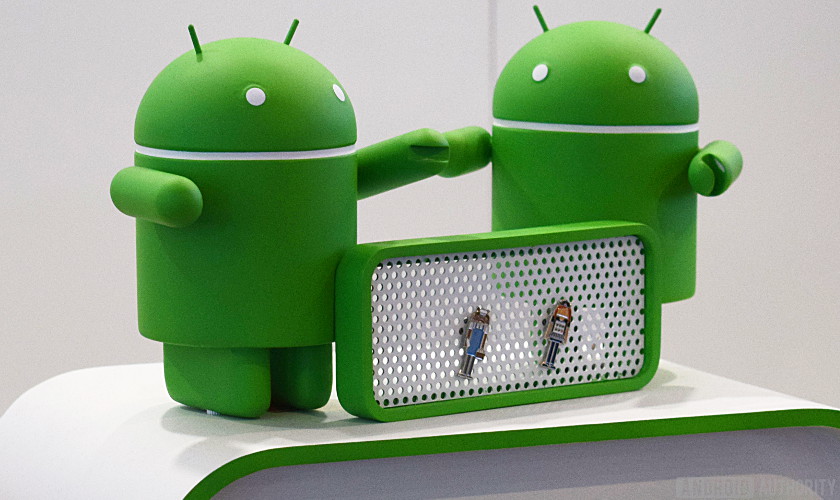
Aucun commentaire:
Enregistrer un commentaire